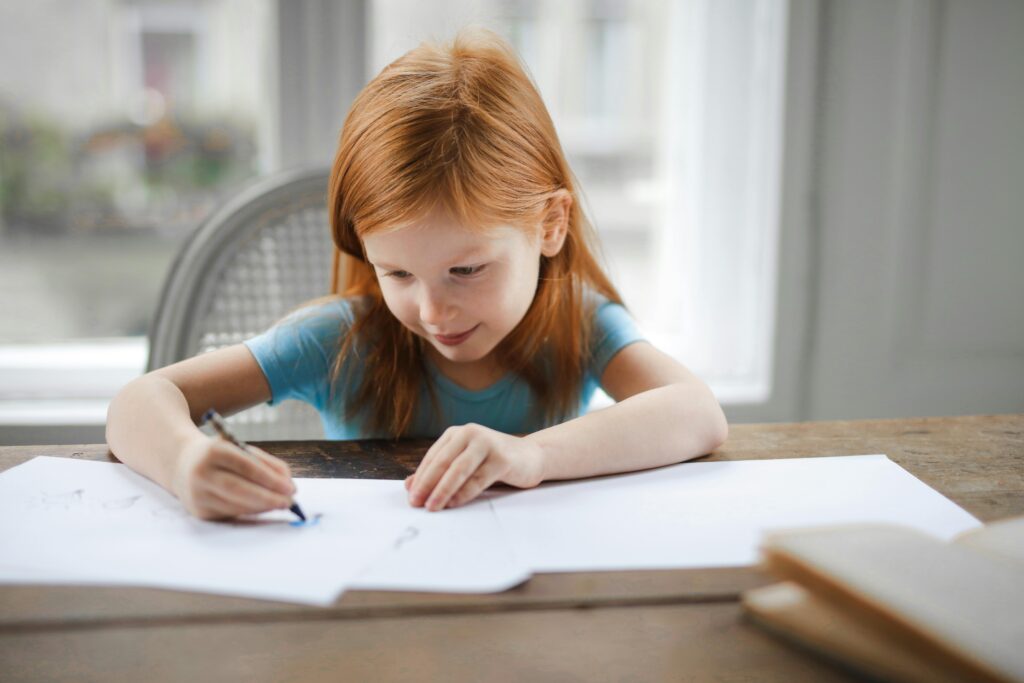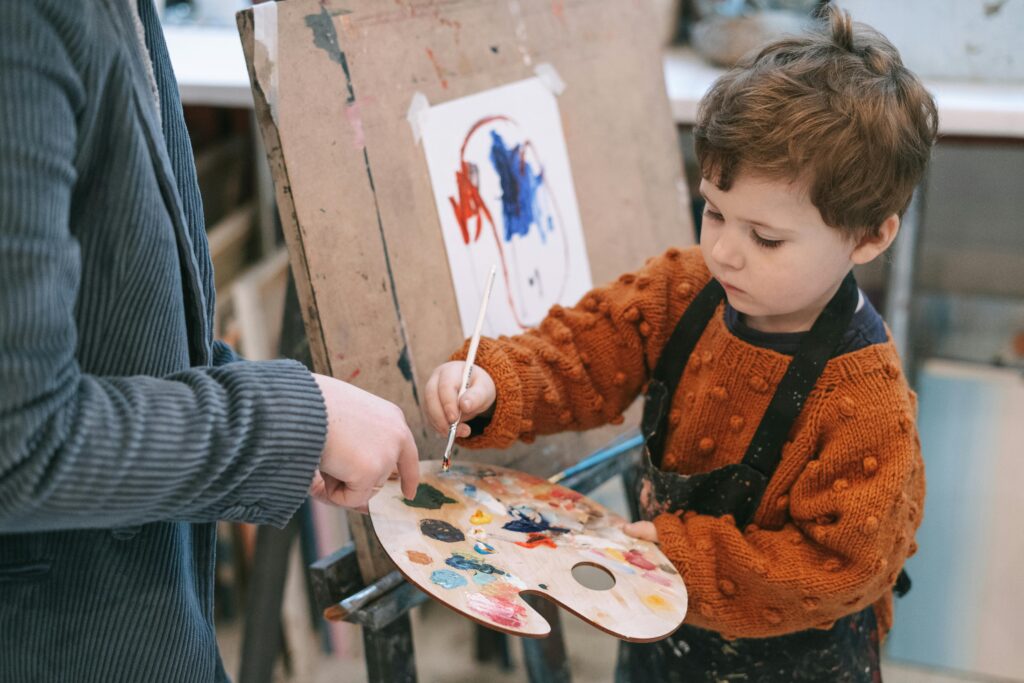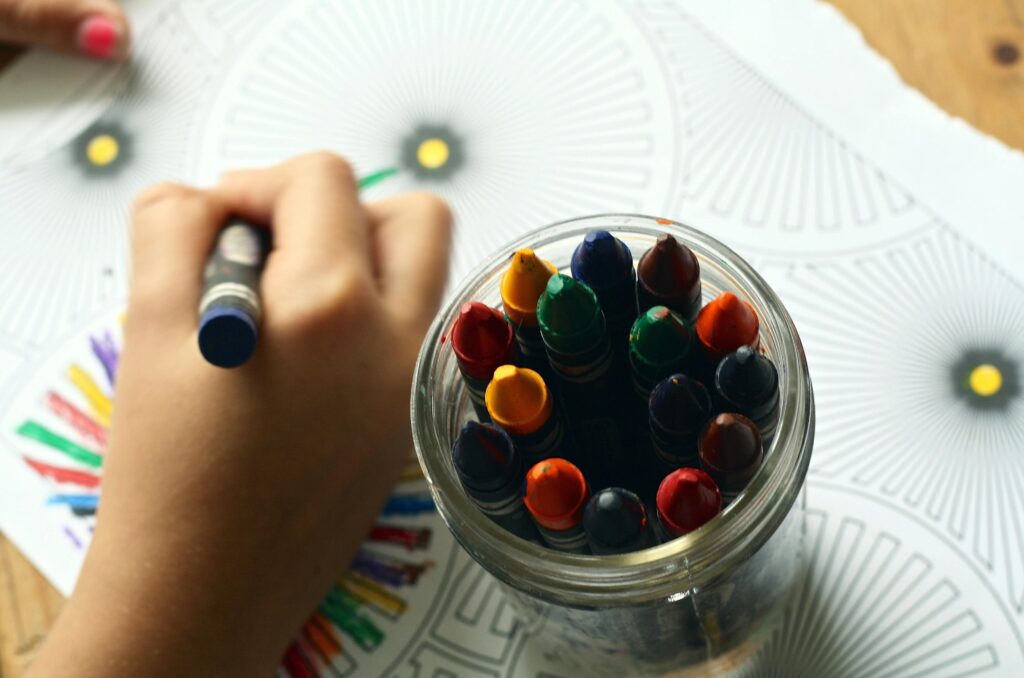Introduction
Art is not just about painting pretty pictures or playing instruments—it’s the epitome of how we think, learn, and grow. Art, when infused into our education process, unlocks the doors to creativity and innovative problem-solving. Draw it, sculpt it, or perform it-art leaves a lasting impact on young minds as well as seasoned learners. Let’s dive in and see how art enhances learning and sparks boundless creativity.
The Role of Art in Education
Why Art is More Than Just a Subject
Art isn’t just a pastime; it’s a cognitive superpower. It homers students’ critical thinking skills as they analyse, interpret, and decide. Consider a painting that has been painted. It’s not just colours-it’s decoding what the artist was trying to convey.
In addition, art enhances emotional intelligence. When kids draw or enact stories, they process emotions and learn to have empathy.
Art as a Tool for Holistic Growth
Art touches all aspects of growth. Cognitive skills like spatial reasoning and memory improve when learners engage with art. And let’s not forget the boost to self-expression. Ever notice how children explain things better when they draw? That’s art doing its magic.
The Connection Between Art and Creativity

Unlocking Creative Potential Through Art
Your brain ignites with spark whenever you pick up a brush to paint or start strumming a guitar. Drawing itself is an activity that gives energy to divergent thinking-trying out several solutions.
There is also something special in music. The rhythmic beat may spur abstract thinking, which plays an important role in creativity or composing music itself.
Interdisciplinary Creativity
Art and STEMs—Science, Technology, Engineering, Math—seem to belong in worlds so far apart, yet they overlap beautifully. Take architects, for example-they mix art with engineering in producing wonders. Design thinking similarly combines artistic creativity and analytic problem-solving.
How Art Elevates Learning
Visual Learning by Using Art
Visual learning occurs when art is present in the learning process. Pictures of diagrams or colourful charts make concepts stick better. This little secret would astound you: story telling through art enhances understanding by 20%. Yes!
Hands-On Engagement
Interactive art projects, such as model building or crafting, make abstract lessons come alive. Building a paper volcano makes the science of eruptions unforgettable.
Emotional and Social Benefits of Art in Education

Boosting Emotional Well-being
Stressed? Grab a crayon. Art is a natural stress-reliever. It teaches resilience as students work through creative challenges and reach solutions.
Encouraging Collaboration
Art Projects for Teams The best part about art is that it creates collaboration. Art can be anything from a mural to a group play; it brings people closer and breaks the boundaries for connections.
Art in Contemporary Classrooms
Technology and Art
Tech has taken art to a whole new level. Drawing tablets and apps make art more accessible to everyone, and virtual museums bring world-class art into your classroom.
Hands-On Ideas for Implementing Art
Teachers can start to incorporate art by embedding it into lesson plans. For example, teaching history? Have students create timelines with illustrations. Schools may also set up art corners where creativity flourishes.
Case Studies and Success Stories

Real-Life Examples of Art Transforming Learning
In Finland, they apply art to teach math, and that really works! The children pick up on patterns and symmetry effortlessly. Similarly, in the U.S., an arts-based curriculum improved literacy rates in low-performing schools by 30%.
Conclusion
Art is a transformative force. It inspires learning, stimulates creativity, and builds emotional intelligence. By leading the way in art education, schools foster well-rounded and innovative thinkers. So let’s celebrate art-not as something extra but as something basic to education.
Frequently Asked Questions
How does art improve brain functions?
Art activates both halves of the brain, enhancing memory, problem-solving, and motor skills.
Absolutely! Art stimulates critical thinking and creativity, a fab resource in STEM and beyond.
What kinds of art are best for triggering creativity?
Painting, storytelling, and improvisation are great for stimulating imagination.
Why does art matter in emotional development?
Art offers an expression of emotions. It enables someone to bring out their feelings and develop sympathy towards a particular issue.
How can parents encourage creativity through art?
Let the children be equipped with materials and urge them to experiment. Be proud of their original creations.
Read More Artical AptSteep.Com

